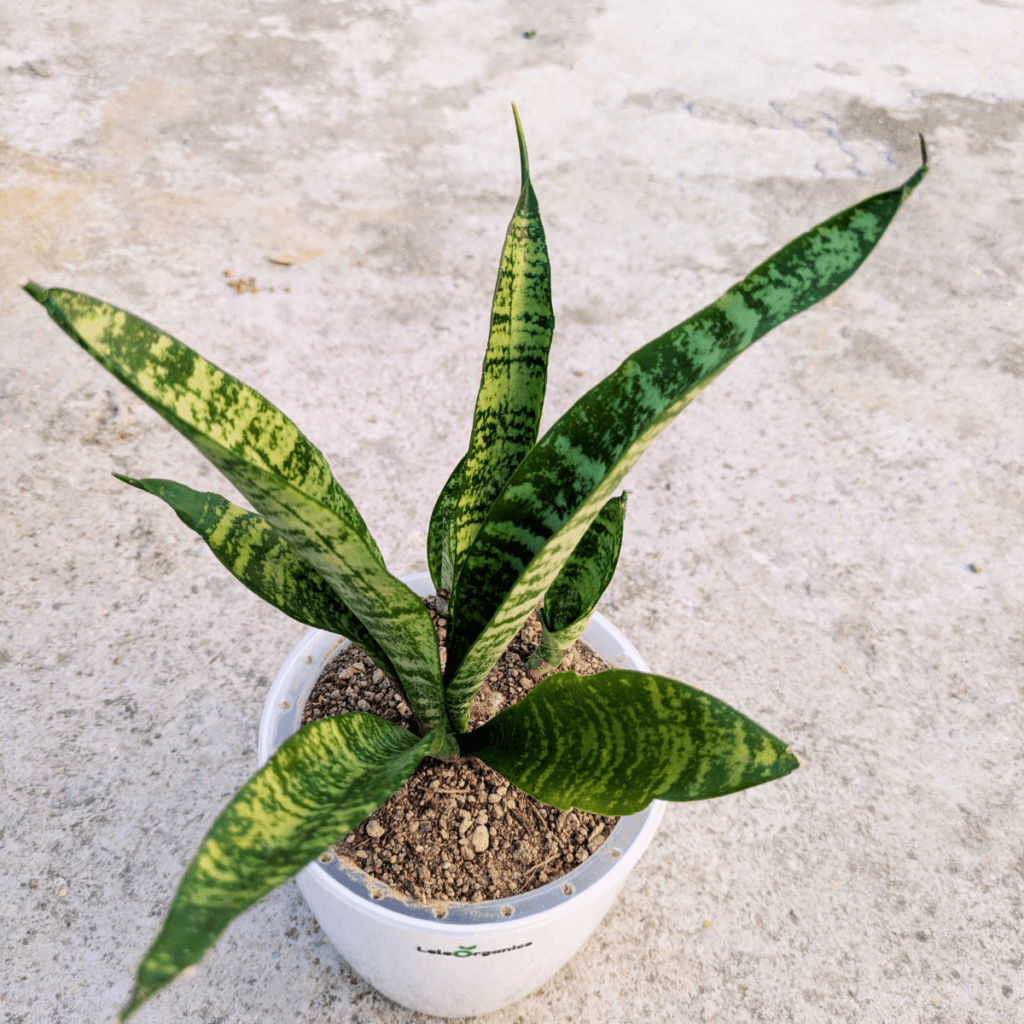Nature is filled with an astonishing variety of plants, from towering trees to tiny flowers, each playing a vital role in our ecosystem. Among these, succulents have gained immense popularity due to their unique appearance and low-maintenance nature. But how do they compare to other plants? Let’s dive into an in-depth comparison, covering everything from their structure and water needs to their benefits and uses.
What Are Plants?
Plants are living organisms that belong to the kingdom Plantae. They play a crucial role in the ecosystem by producing oxygen, absorbing carbon dioxide, and providing food and shelter to various species. Plants vary in shape, size, and characteristics, from large trees to delicate flowering plants.
Key Features of Plants:
Plants can be herbaceous (soft-stemmed) or woody (trees and shrubs). It require water, light, and nutrients to grow and found in diverse climates, from tropical rainforests to deserts.

What Are Succulents?
Succulents are a subgroup of plants known for their ability to store water in their thick, fleshy leaves, stems, or roots. They are adapted to survive in arid and semi-arid regions, making them ideal for low-water environments.
Key Features of Succulents:
Succulents have thick, waxy, or spiky leaves. It requires minimal watering due to their ability to store moisture and found in dry regions like deserts and semi-arid landscapes.
General Plant Classification:
Plants belong to various categories based on their reproductive structures and growth patterns:
- Angiosperms (flowering plants) – Roses, Tulips, Oaks.
- Gymnosperms (non-flowering, seed-bearing plants) – Pine, Fir.
- Ferns & Mosses (spore-producing plants) – Found in damp environments.
Where Do Succulents Fit?
Succulents are not a separate classification but are found in different plant families, including:
- Cactaceae (Cactus family) – Includes cacti with spines.
- Crassulaceae (Stonecrop family) – Includes Echeveria and Jade plants.
- Asphodelaceae – Includes Aloe Vera and Haworthia.

Physical Characteristics 🌿 vs 🌵
| Aspect | Plants | Succulents |
|---|---|---|
| Leaves | Thin, broad, varied in shape and size. | Thick, fleshy, wax-coated to store water. |
| Stem | Can be soft or woody. | Often thickened for water storage. |
| Roots | Deep-rooted to absorb nutrients. | Shallow roots to absorb moisture quickly. |
| Size | Varies from tiny herbs to giant trees. | Generally small to medium-sized, except for some cacti. |
Water and Moisture Needs:
| Aspect | Plants | Succulents |
| Watering Frequency | Depends on species; some need frequent watering. | Minimal; water once every 1-2 weeks. |
| Adaptation | Some plants develop deep roots to access water. | Store water in their leaves, stems, or roots. |
| Tolerance | Some plants tolerate drought, while others need constant moisture. | Highly drought-resistant; overwatering can harm them. |
Soil and Fertilization Needs:
| Aspect | Plants | Succulents |
| Soil Type | Varies; loamy, sandy, or clay-based depending on species. | Well-draining, sandy, or cactus mix. |
| Fertilization | Seasonal fertilization required. | Minimal; excessive fertilization can damage them. |
| pH Preference | Can range from acidic to alkaline. | Prefer slightly acidic to neutral soils. |
Light Requirements:
| Aspect | Plants | Succulents |
| Sunlight Needs | Vary; some need full sun, others thrive in shade. | Require bright light and direct sunlight. |
| Adaptability | Some adjust to different lighting conditions. | Can tolerate low light but may become leggy. |
Temperature and Climate:
| Aspect | Plants | Succulents |
| Climate Preferences | Found in all climates; some are cold-hardy. | Prefer warm, dry conditions; frost-sensitive. |
| Seasonal Changes | Many plants shed leaves or go dormant. | Some slow their growth in extreme heat or cold. |
Growth and Maintenance
| Aspect | Plants | Succulents |
| Growth Rate | Varies from fast-growing (bamboo) to slow-growing (oak trees). | Generally slow-growing. |
| Pruning Needs | Requires trimming and shaping. | Minimal; occasional dead leaf removal. |
| Propagation | Seeds, cuttings, grafting. | Easily propagated from cuttings or offsets. |
Health and Diseases:
| Aspect | Plants | Succulents |
| Common Diseases | Fungal infections, root rot, pest attacks. | Prone to rot from overwatering, mealybugs, and scale insects. |
| Preventative Care | Regular monitoring, pruning, pest control. | Ensure proper drainage and avoid excess watering. |
Popular Varieties 🌿 vs 🌵
Common Plants:
- Flowers: Roses, Tulips, Orchids
- Trees: Oak, Pine, Maple
- Herbs: Basil, Mint, Lavender
Popular Succulents:
- Aloe Vera – Medicinal benefits, easy to grow.
- Cacti – Varied shapes, sizes, and minimal care.
- Echeveria – Rosette-shaped, colorful leaves.
Benefits and Uses:
| Aspect | Plants | Succulents |
| Air Purification | Absorb CO2, release oxygen, filter pollutants. | Improve air quality by absorbing toxins. |
| Aesthetic Appeal | Enhance landscapes, gardens, and interiors. | Modern, stylish décor element. |
| Medicinal Uses | Many plants have healing properties (e.g., herbs). | Aloe Vera is widely used for skincare and burns. |
| Food & Agriculture | Provide fruits, vegetables, and grains. | Some are edible but less commonly consumed. |
Conclusion:
Plants and succulents both offer unique advantages. While plants contribute significantly to our environment, providing oxygen, shade, and food, succulents are perfect for those looking for low-maintenance greenery. Choosing between them depends on the care level, space, and climate you prefer.
References:
- Royal Horticultural Society – https://www.rhs.org.uk







